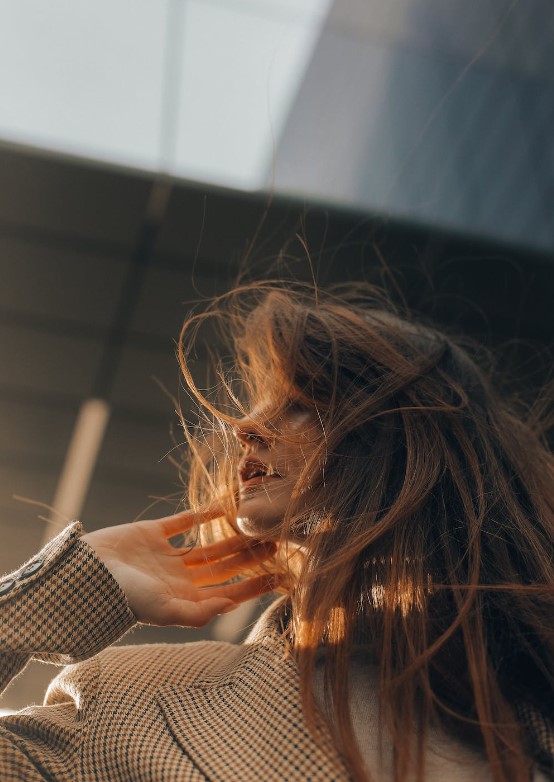
In the dynamic world of hair styling, professional hair straightening stands out as a sought-after technique for achieving sleek, smooth locks. This transformative process has come a long way, offering a variety of methods to suit different hair types and preferences. Whether you’re considering a permanent change or a temporary fix, understanding these techniques is critical to achieving that perfect, straight look.
One of the most popular methods is the Keratin Treatment, often called the Brazilian Blowout. This technique involves the application of a keratin-solution to the hair, which is then sealed with heat. It’s a fantastic option for most hair types, offering added shine, silkiness, and a frizz-free finish lasting up to six months. However, using sulphate-free shampoos afterwards is crucial to maintain the results. One should also be aware of the potential release of formaldehyde during the process, emphasizing the need for a salon that adheres to safety guidelines.
Chemical Relaxers are a game-changer for those with very curly or tightly coiled hair. This method permanently straightens hair by breaking down protein bonds. The results are impressive, but it requires regular touch-ups for new growth and is not recommended for damaged or overly processed hair. The key here is to ensure it’s done professionally to avoid any hair damage.
Japanese Straightening, or Thermal Reconditioning, is another permanent solution that has gained popularity. This method combines chemical treatment with flat ironing to straighten the hair. While it results in permanently straight and sleek hair, it’s time-consuming and expensive, unsuitable for highlighted or heavily bleached hair.
Flat Ironing and Blow-Dry Straightening are on the more temporary end of the spectrum. Flat ironing is a go-to for many at home, offering a quick and convenient way to straighten hair temporarily. It’s essential to use heat protection products to minimize damage. On the other hand, blow-dry straightening provides a more natural finish and is less damaging compared to flat ironing. However, it requires some skill to achieve perfectly straight hair, and, like flat ironing, it is a temporary solution.
No matter the straightening technique chosen, maintaining the health of your hair is essential. Using the proper hair care products is vital—sulfate-free shampoos and conditioners for chemically treated hair and heat protectants for thermal methods. Regular hair trims and deep conditioning treatments are crucial for keeping your hair in top condition.
Summing Up:
In conclusion, professional hair straightening is rich with options, each with its benefits and considerations. Whether opting for a long-term or temporary transformation, understanding these methods will guide you to the best choice for your hair type. Above all, remember that healthy hair is beautiful hair, and proper aftercare is paramount. A professional stylist can provide personalized advice for your specific hair needs, ensuring you achieve the straight, sleek look you desire while keeping your hair healthy and vibrant.
Leave a Reply